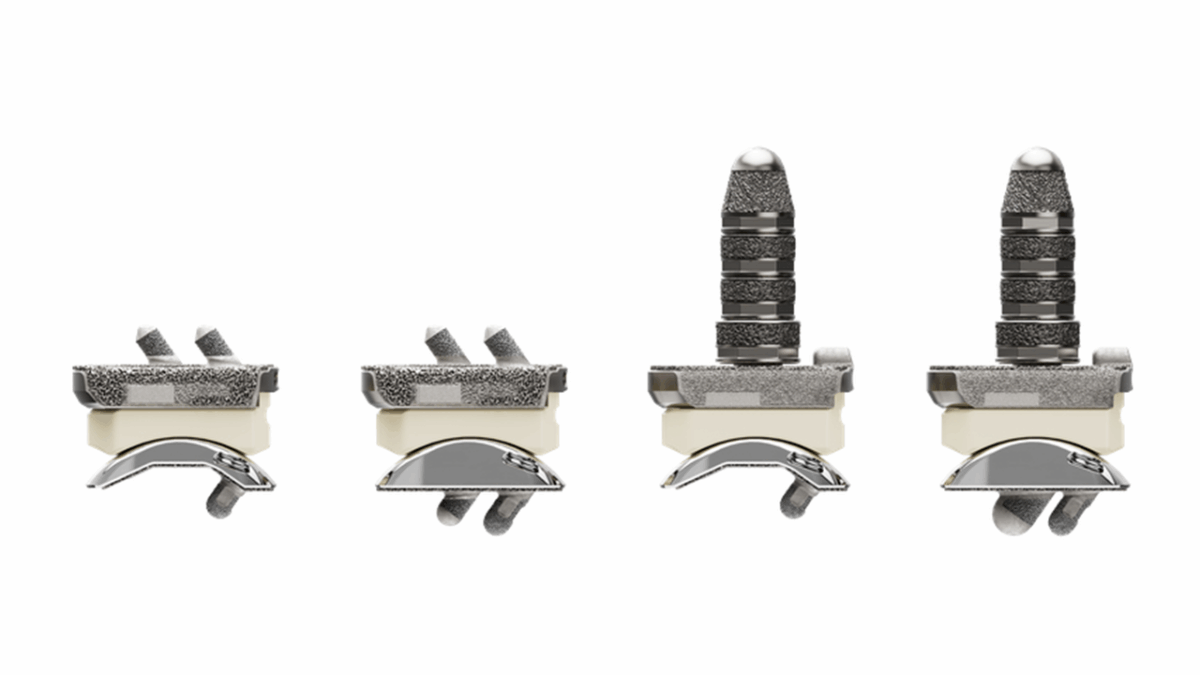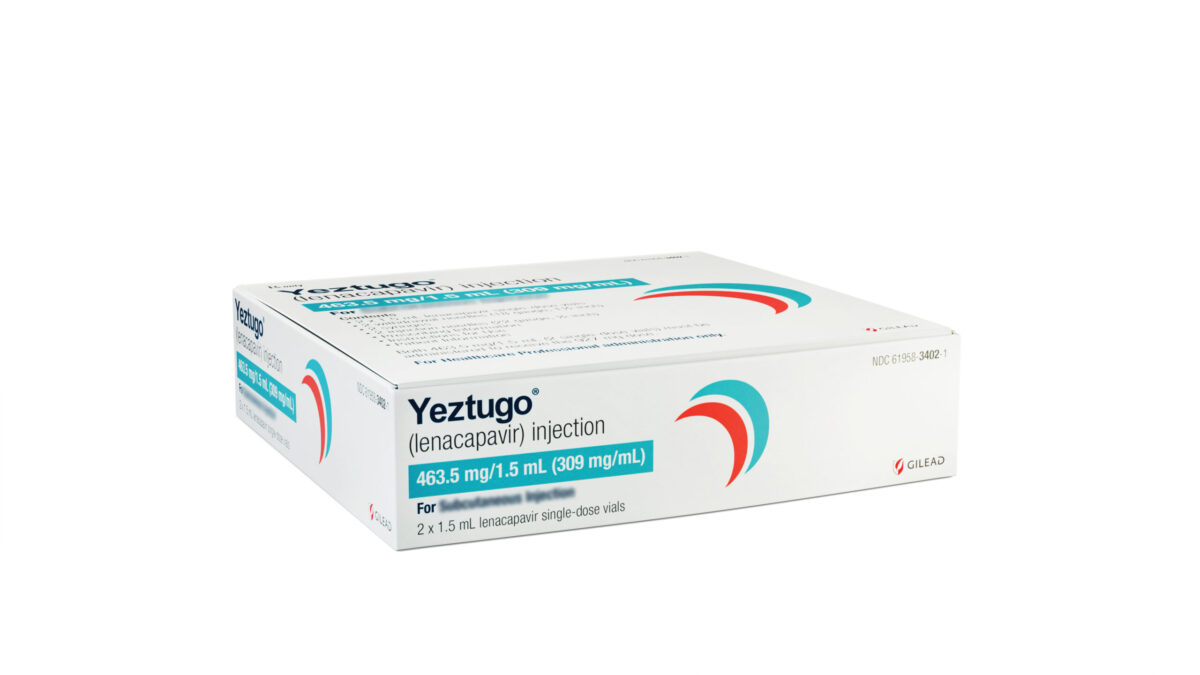Teo Wilkening, a mechanical engineering study in the Division of Engineering and Applied Science at Caltech University, has developed the technology for chemotherapy drug delivery in the form of a patch. While chemotherapy is an effective treatment option for millions of cancer patients, the drugs are often delivered via large intravenous needles which can be painful for the patient.
Wilkening hopes that the chemotherapy patch could make cancer treatment less painful for patients. Mory Gharib, the Hans W. Liepmann Professor of Aeronautics and Bioinspired Engineering at Caltech, and Wilkening’s professor, originally started thinking about a drug delivery patch several years ago. After speaking with M. Houman Fekrazad, a cancer specialist at the City of Hope in Duarte, California, Gharib’s interest in developing the patch was reignited.
Wilkening joined Gharib’s lab as part of a Summer Undergraduate Research Fellowship (SURF), where he was encouraged to design and test a chemotherapy drug patch. According to Wilkening, “When we started thinking about designing a chemotherapy patch, we split the project into two main parts.”
The first part of the patch holds the medicines used in treating cancer, while the second is a needle-like device which would allow the drugs to enter the patient’s bloodstream. “Over the summer, I started working on the needles,” said Wilkening.
The very nature of chemotherapy involves the necessity of a drug delivery device to get the medication through the skin and into the bloodstream. Gharib determined that the best way to avoid the need for large, painful needles, would be to develop hundreds of micrometer-sized needles which would be too small to trigger the skin’s nerve-based pain response.
Wilkening’s first task was to determine if these microneedles could efficiently deliver drugs into the patient’s blood. As skin is composed of three distinct layers – the epidermal, dermal and subdermal layers – the researchers had to ensure that drugs delivered using the microneedles could reach the bottommost subdermal layer.
According to Wilkening, from the subdermis, “[drugs] can be distributed throughout the body, instead of pooling up and killing the cells around the injection site. We wanted to develop a way for the micrometer-scale needles to routinely deliver medicine to this bottom layer.”
In order to accomplish this task, Wilkening took advantage of the different resistant levels of each layer of skin. The epidermis is the most resistant to penetration, the dermal layer is slightly more permeable, and the subdermal layer is the least difficult to get through.
Wilkening created a macro-scale version of the microneedles using two microliter glass pipettes in an effort to determine how the varying resistance of the skin would affect the flow of the liquid chemotherapy drugs. To simulate the skin’s resistance, he inserted the pipettes into a viscous material and studied how fluid flowing through the pipettes was able to penetrate the gel.
He tested differing viscosities of the gel to simulate the skin’s three layers. “The liquid flow penetrated through one needle or the other depending on the difference in the stiffness of the skin-like gels, generally through the less stiff one,” said Wilkening.
Though more testing must be completed before the patch can be tested on human subjects, Wilkening’s experimentation showed that the concept behind the drug delivery device is sound. His main result was that the fluid will take the path of least resistance and flow through the needle that has penetrated all the way to the bottommost layer of skin. In theory, a patch containing hundreds of needles should be able to efficiently delivery drugs directly to the subdermal layer where it can enter the patient’s blood, because the fluid will be unable to penetrate into the stiffer epidermal and dermal layers.
“I hope to see this project through a little bit more,” said Wilkening. “In my two previous SURF projects I worked on existing systems. This year was very different because nobody has done this before. It is kind of cool having a chance to own my own project and to use my own inspiration and ideas to really build it up from the bottom.”
Sources:
- Cancer Treatment in a Painless Patch – http://www.dddmag.com/news/2015/11/cancer-treatment-painless-patch












Join or login to leave a comment
JOIN LOGIN